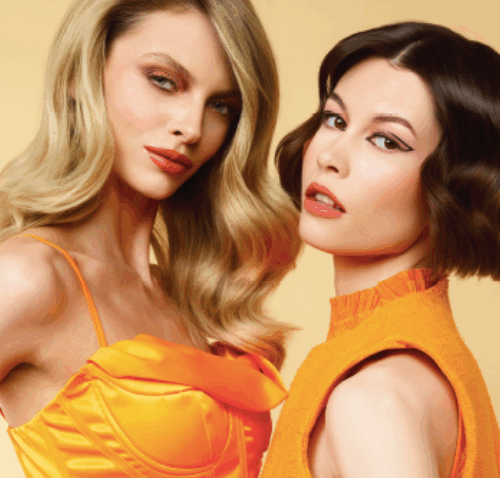
The world will never survive without a haircut – we as stylists love it, our clients love it and everyone needs one once in a while. As the world evolves so does our industry, and the haircut as we know it.
Being in such a creative and thriving industry, experimenting often leads to the discovery of new trends and techniques, something that gets both myself and the JOICO team excited. There’s nothing more satisfying than uncovering something so new and creative.
There are so many different cutting techniques which help us create different looks and I am delighted to share with you my favourites, and how I use these to get implement the groove and create some incredible looks. These three techniques I have chosen are the fundamentals of cutting, the three main factors when tackling any haircut.
Line
The classic technique, which is the foundation of many haircuts and style – the line! Working with the natural line this allows the stylist to create a solidified base line when beginning a haircut, always working to this and with this. Keeping lines clean and clear is extremely important as this will be the reference line throughout the style.
Layer
This is such a versatile technique and can be used in many ways. Firstly, this can be used to remove weight from the hair. Often clients need layers in their hair to remove weight and allow the style to breathe – excess weight, as we know, can result in the hair being very heavy and lack lustre. The introduction of a layer can transform a style quite significantly.
Secondly, a layer can add much needed shape to the look. Layers can be added throughout the hair however when looking to shape in the haircut, blending the layers to the front of the style can instantly change the look.
One of my favourite forms of layering is blended elevation. The hair should be separated into three sections (top, side, nape), with the top section cut at a 90degree angle, with the lower, side sections cut at 180 degrees. The remaining nape sections should be cut at a 90 degree angle, with all sections blending into one another.
Graduation
Graduation is a classic technique and one we are seeing much more of as clients become more adventurous and experimental. Graduation can be used in several ways but is most commonly used to build up weight or an external line – with a gradual progression of long to short.
When it comes to a short graduation, I would always advise working in simple and clear sections – sides, crown, and nape. Discuss with the client their preference for the cut and how short they would like this to be. Go with the first cut as a guide, working with a 45 degree variation at the forward top section. This can then be elevated to 90 degrees as you move back along the top section to the crown.
www.joico.eu






